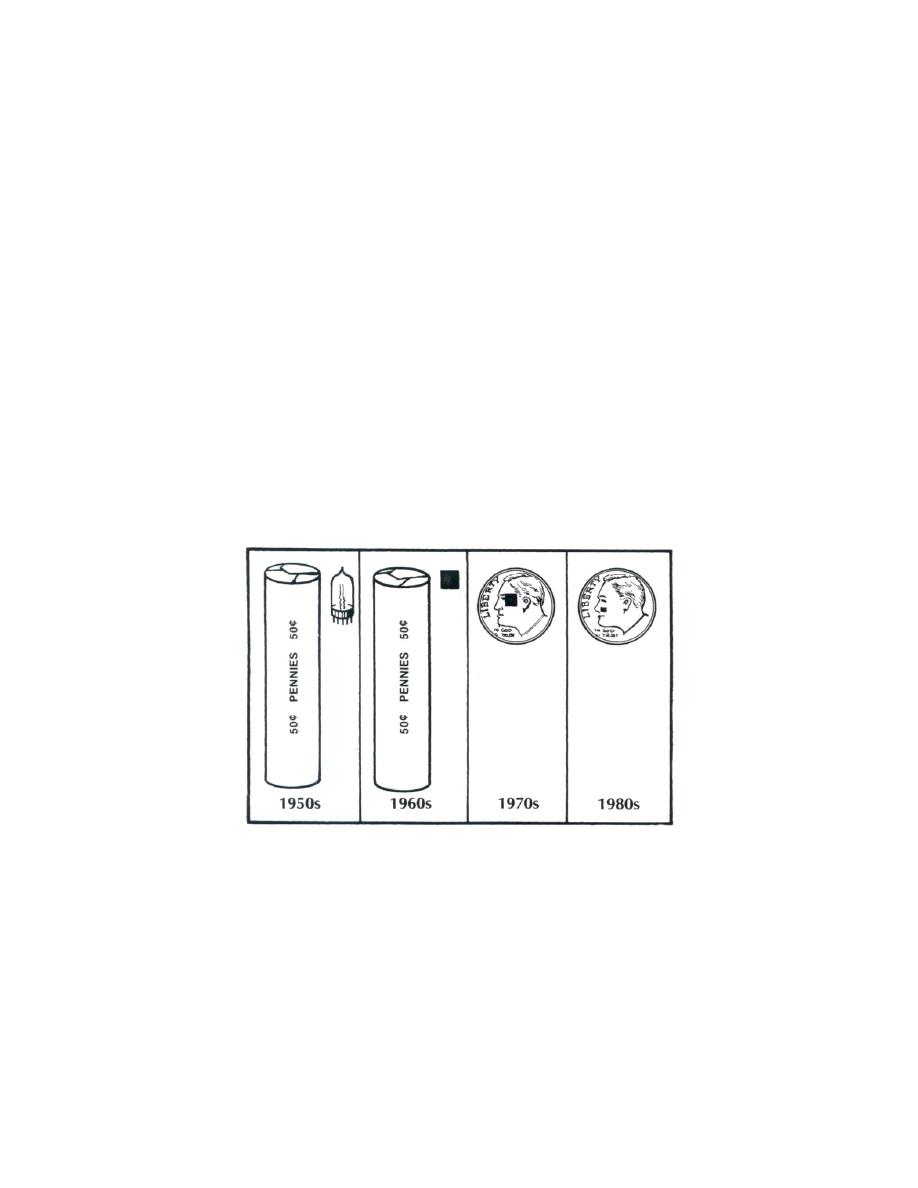
Section III. COMPUTER SYSTEMS
3-18. MAXI-, MINI-, AND MICROCOMPUTERS
a. Description. Computers differ in terms of physical size, price, and
performance. Large-scale computers occupy dozens of square feet, cost millions of
dollars, and can support thousands of peripheral devices. Minicomputers occupy
several square feet, cost tens or hundreds of thousands of dollars, and can support a
few dozen peripheral devices. Most personal or microcomputers cost a few thousand
dollars, occupy a few square feet, and support fewer than 10 devices.
b. Common Functions and the Trend toward Miniaturization. Computer
components have been getting smaller and smaller since the 1960s. And in the past
few years, they have gone from maxi, to mini, to micro, not only in size but in price.
However, large or small, the basic makeup of the digital computer remains the same.
All three categories of computer feature subsystems and components, serving the basic
functions of: input, processing, control, memory, and output. The smaller computers
have gotten better and better. Mini- and microcomputers now have processing and
storage capabilities equivalent to or greater than most of the commercial computers
used in the mid-1960s.
Figure 3-9. Components have gotten smaller and smaller.
c. Size Reduction in Peripherals. Peripherals (input, output, and have storage
devices) have not shrunk as much as basic computer components. That is because
the components are totally electronic and can be made as small as electronic
technology permits. Peripheral devices, on the other hand, are electromechanical.
Storage media like magnetic disk and tape can only be reduced as far as mechanical
technology allows. But they have gotten smaller. The magnetic tape cassette is a
smaller, less expensive version of magnetic tape. There is a trade-off between
MD0057
3-15


 Previous Page
Previous Page
